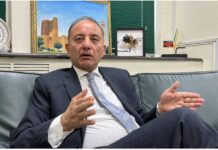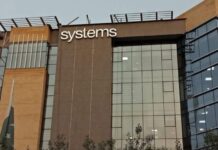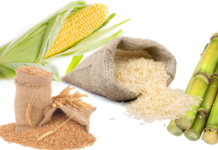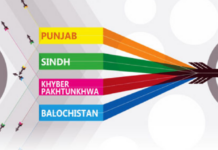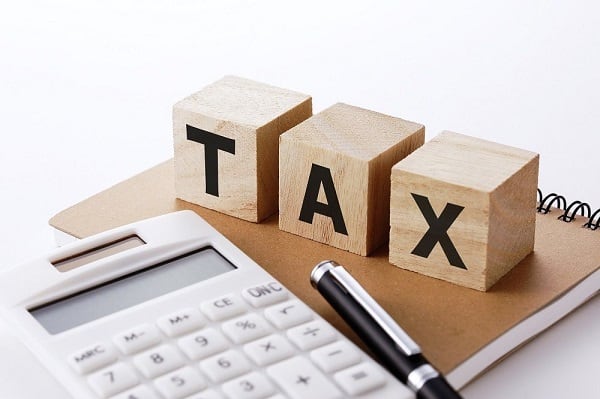ISLAMABAD: The federal government is considering doubling the excise duty on fertiliser to 10% and imposing a new tax of at least 5% on pesticides in the upcoming budget, measures that could drive up input costs for farmers already grappling with mounting challenges, The Express Tribune reported, citing official sources.
These proposals are part of a broader taxation strategy aimed at achieving a Rs14.3 trillion revenue target for the fiscal year 2025-26. The current 5% Federal Excise Duty (FED) on fertiliser may be increased to generate an additional Rs50 billion, while the same or higher FED could be levied on pesticide products for the first time, sources told The Express Tribune.
Tax authorities are also weighing a reduction in the super tax rate by 2 percentage points—from 10% to 8%—but this depends on identifying alternative revenue sources to offset the estimated Rs28 billion shortfall such a cut would create.
The move to tax agricultural inputs comes under commitments made by Pakistan to the International Monetary Fund (IMF) during the $7 billion bailout negotiations. The IMF has argued that subsidised agricultural input prices distort market incentives, fuel overuse—particularly of fertiliser, which can pollute the environment—and contribute to fiscal strain.
Despite strong objections from the Pakistan Peoples Party (PPP), which recently urged Prime Minister Shehbaz Sharif to prioritise agricultural revival, the government appears bound by its commitments to international lenders.
Already, the agriculture sector is under pressure. The abrupt withdrawal of support price mechanisms, rising input costs, and increasingly erratic climate conditions have hurt farmer productivity. Compounding matters, farmers will now be liable to pay income tax at rates of up to 45% on income earned from January 2024 onward—a major shift in Pakistan’s previously exempt agricultural taxation framework.
In another major proposal, the government plans to amend tax laws to begin winding down the preferential status of Special Economic Zones (SEZs), beginning in FY2025-26. The current 10-year tax-free status may be trimmed to nine years starting July 2025, as part of a phased abolition plan extending to 2035.
No new fiscal incentives will be offered for SEZs under this plan, and existing incentives will not be renewed. The government has also hired AT Kearney to evaluate the cost-effectiveness of SEZs, with a report due before June-end.
Authorities have indicated that the government will transition away from profit-based incentives toward cost-based incentives wherever legally feasible. Early termination of SEZ benefits will also be pursued in cases where contractual clauses allow renegotiation.
Officials familiar with the budget planning process said that while Rs14.3 trillion represents an ambitious revenue target—up 16% from revised estimates for FY2024-25—it may still be attainable without major new taxation, depending on growth and enforcement measures.


